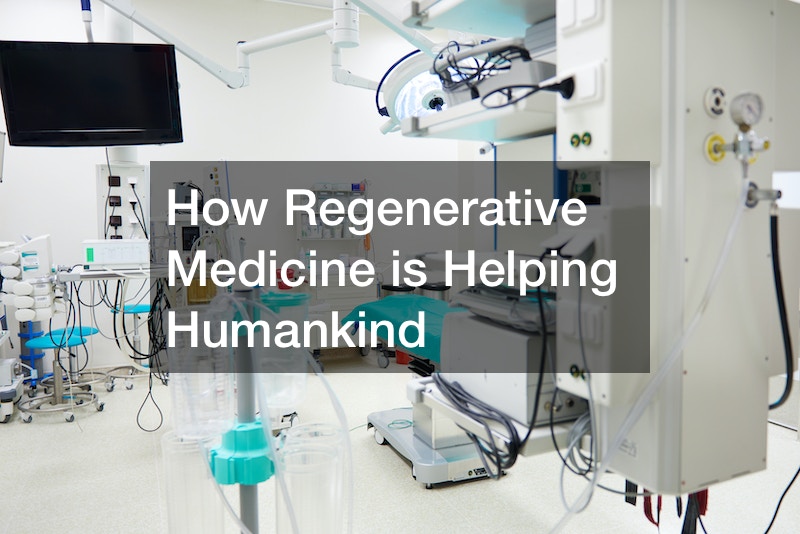How Regenerative Medicine is Helping Humankind

According to this video, regenerative medicine is a concept that accelerates the body’s natural healing process. Regenerative medicine focuses on developing and applying new treatments to heal organs and tissues. It also works to restore function lost following defects, damages, disease, or aging.
The human body can heal itself in various ways. Regenerative medicine became popular in the 1990s when tissue engineering became part of stem cell research. It was also used in other procedures such as skin grafting. It seeks to reboot or replace organs or tissues instead of using medication or surgery to treat symptoms.
In humans, regeneration occurs at three levels. The molecular level includes tiny molecules that are the body’s building blocks, such as carbohydrates, fats, and DNA. The cellular level contains structures such as axons or neurons. These structures are critical for cell reproduction and growth in the body. The tissue level incorporates muscle, bone, skin, and blood. Experts are still researching various models of regenerative medicine research.
Some models, such as stem cell therapy, have already been implemented. In stem cell therapy, scientists grow unique stem cells in a laboratory, which can be directed to act like specific cells in the body. For instance, lab-made heart muscle cells can be used to replace or repair injured heart cells.

